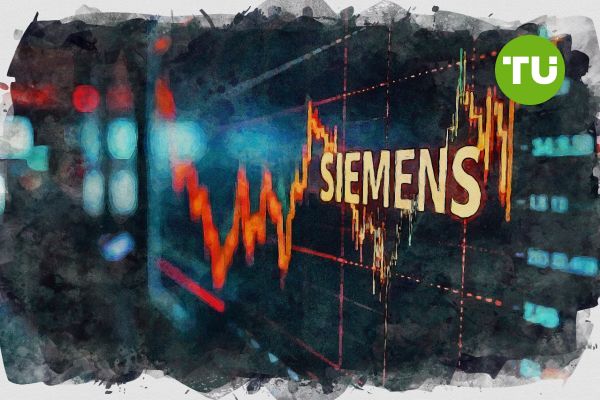Sam Bankman-Fried Biography, Career, Net Worth, and Key Insight



Sam Bankman-Fried’s Profile Summary
|
Company
|
Cryptocurrency Fraud |
|---|---|
|
Position
|
Founder and former CEO of FTX, convicted of orchestrating a multi-billion-dollar cryptocurrency fraud |
|
Source of wealth
|
Profits from Alameda Research, ownership stake in FTX, investments in various cryptocurrency ventures. |
|
Also known as
|
Philanthropist, political donor. |
|
Age
|
33 |
|
Education
|
Massachusetts Institute of Technology (MIT) – Bachelor of Science in Physics |
|
Citizenship
|
United States |
|
Residence
|
Nassau, Bahamas |
|
Family
|
Parents: Joseph Bankman and Barbara Fried |
|
Website, Social Media
|
https://en.wikipedia.org/wiki/Sam_Bankman-Fried |
Sam Bankman-Fried’s biography
Sam Bankman-Fried, born on March 6, 1992, in Stanford, California, is an American entrepreneur and former cryptocurrency executive. He graduated from the Massachusetts Institute of Technology (MIT) with a degree in physics. In 2017, he founded Alameda Research, a quantitative trading firm specializing in cryptocurrency. Two years later, he launched FTX, a cryptocurrency exchange that quickly became one of the world's largest. At its peak, FTX was valued at $32 billion, and Bankman-Fried's net worth was estimated at $26 billion. However, in November 2022, FTX collapsed amid allegations of misappropriated customer funds, leading to its bankruptcy. Bankman-Fried was arrested in December 2022 and, in March 2024, was sentenced to 25 years in prison for fraud and conspiracy charges related to the collapse of FTX.-
How did Sam Bankman-Fried make money?
Sam Bankman-Fried makes money in the following areas:
Profits from Alameda Research, ownership stake in FTX, investments in various cryptocurrency ventures.
-
What is Sam Bankman-Fried net worth?
As of 2025, there is no publicly available and reliable information regarding Sam Bankman-Fried’s net worth.
What is Sam Bankman-Fried also known as?
Sam Bankman-Fried was recognized for his philanthropic efforts, particularly his advocacy for effective altruism—a philosophy that emphasizes using resources to maximize positive impact. He pledged substantial portions of his wealth to charitable causes and was involved in significant political donations, contributing to both Democratic and Republican campaigns in the United StatesProminent achievements of Sam Bankman-Fried
Recognized in Forbes' 30 Under 30 in 2021, amassed a peak net worth of $26 billion, positioned FTX as the world's second-largest cryptocurrency exchange by trading volumeWhat are Sam Bankman-Fried’s key insights?
Sam Bankman-Fried was a proponent of effective altruism, aiming to earn substantial wealth to donate towards global causes. He emphasized high-risk, high-reward strategies in business, particularly in the volatile cryptocurrency market, and advocated for the potential of digital assets to revolutionize finance
Sam Bankman-Fried’s personal life
Sam Bankman-Fried's father, Joseph Bankman, is a professor of law and business at Stanford Law School, and his mother, Barbara Fried, is a professor of law at Stanford Law School. He has a younger brother, Gabriel Bankman-Fried, who has been involved in philanthropic initiatives
Useful insights
Top 3 Financial Pyramid Schemes
As an expert at Traders Union, I can’t stress enough how critical it is to thoroughly research any financial opportunity before you invest. Taking a few extra steps in verifying the legitimacy of a platform or broker can save you from falling victim to scams.
-
Bernie Madoff
His $65 billion Ponzi scheme ran for decades, fooling banks, pension funds, and celebrities alike. He used new deposits to pay old investors, maintaining the illusion of steady returns.
-
Allen Stanford
Promised high yields through offshore “certificates of deposit,” but in reality, siphoned $7 billion from clients in what the SEC called a classic Ponzi structure.
-
Tom Petters
Forged documents to attract billions in fake consumer electronics deals. Investors believed they were financing orders for retailers like Costco and Best Buy.
One clear principle emerges from these cases: If returns are steady, unusually high, and come with little transparency—be extremely cautious. Real investments always include risk and regulatory oversight.
Other profiles in category
Popular Financial Guides
Latest Financial News

South Africa invests R710 million to expand free Internet access

WTI crude oil price slips near $66 as trendline rejection and tariff risk dampen outlook































































































































